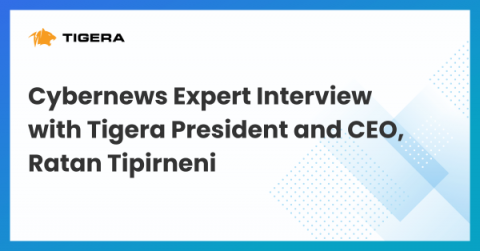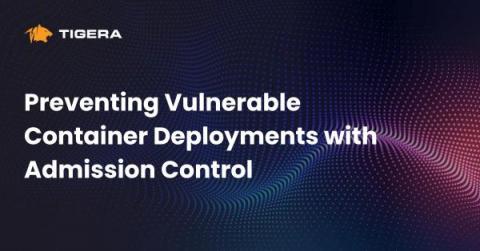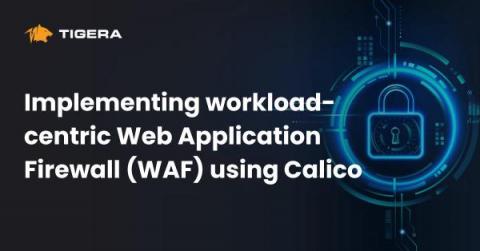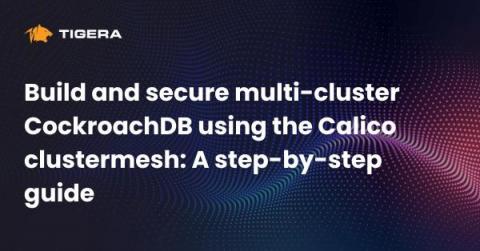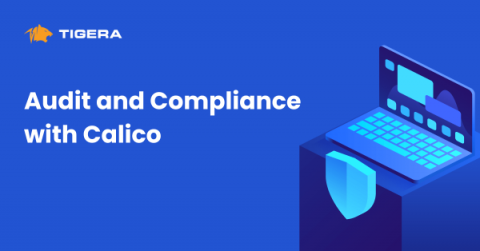Cybernews Expert Interview with Tigera President and CEO, Ratan Tipirneni
The challenges companies face regarding private and professional data protection are more important today than ever. In the modern enterprise, cloud computing and the use of cloud-native architectures enable unmatched performance, flexibility, velocity, and innovation. However, as digitalization pushes applications and services to the cloud, cyber criminals’ intrusion techniques have become increasingly sophisticated.


